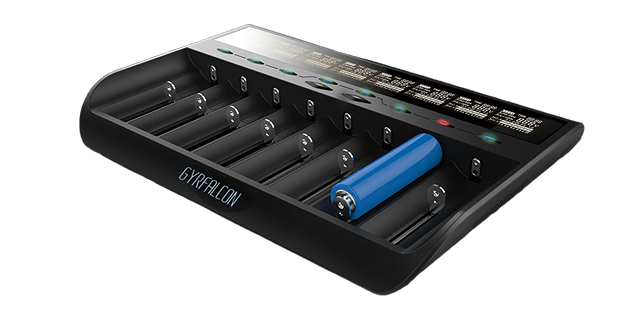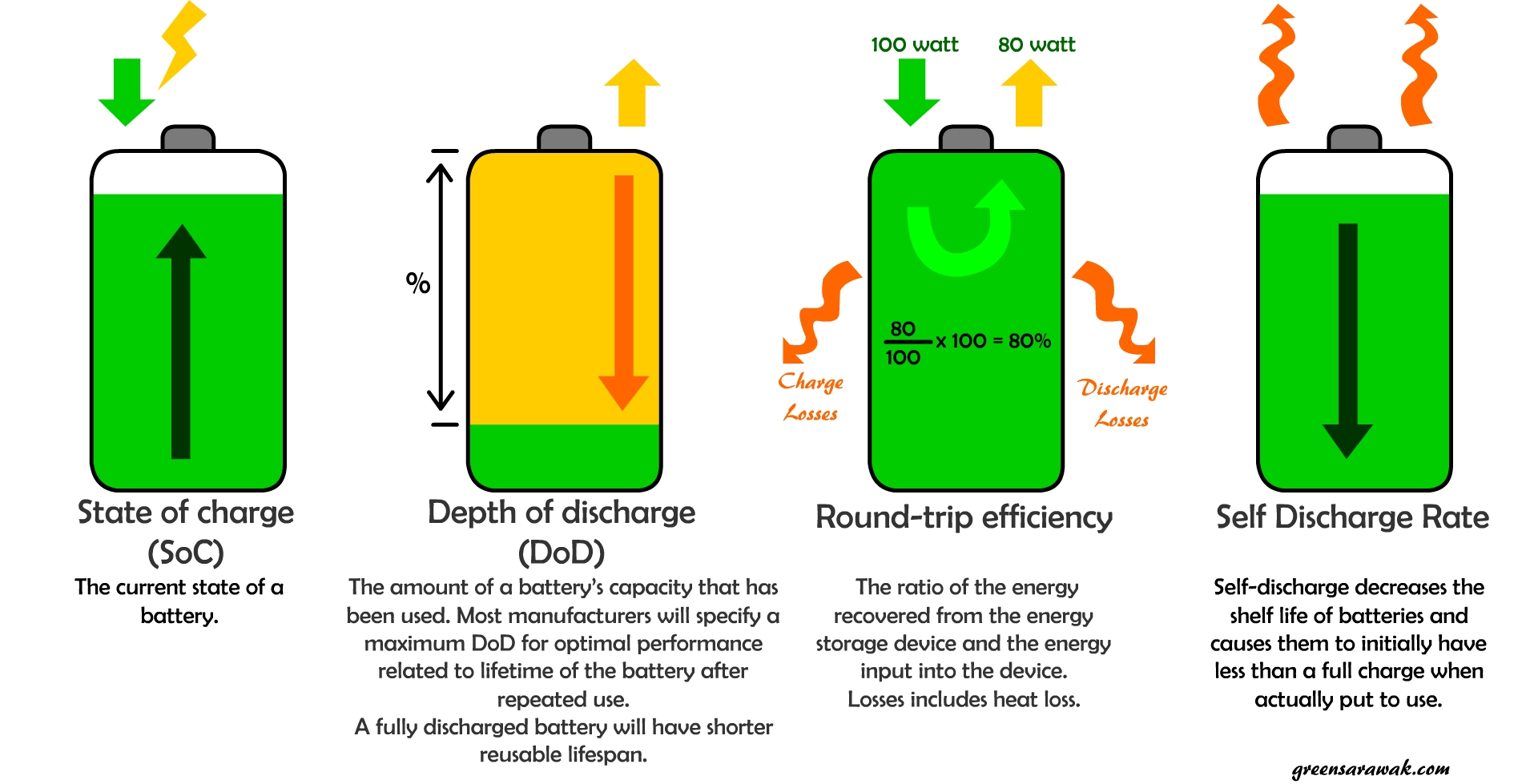The rise in portable electronics and electric vehicles has propelled the popularity of 18650 lithium-ion batteries. Known for their high energy density and rechargeable capabilities, 18650 batteries are widely used in various applications. However, their increasing usage also calls for a heightened awareness of safety during the charging process. In this article, we will explore the essential safety measures to consider when using an 18650 battery charger.
Choose Quality Chargers
When it comes to the safety of your 18650 batteries, selecting a high-quality charger is paramount. Low-quality or counterfeit chargers might lack essential safety features, potentially leading to overcharging, overheating, or even fires. Always invest in chargers from reputable manufacturers with proven safety certifications and positive user reviews.

Charging Rate and Current
Understanding the appropriate charging rate and current for your 18650 batteries is crucial. Consult the manufacturer’s guidelines to determine the recommended charging rate, as exceeding it could lead to thermal runaway and, consequently, dangerous situations. Slow and steady charging is often the safest option for maximizing battery life and minimizing risks.

Temperature Monitoring
Maintaining a stable operating temperature during charging is essential for battery safety. High-quality 18650 battery chargers often incorporate temperature monitoring mechanisms to prevent overheating. If a charger lacks this feature, consider using a separate temperature monitoring tool during the charging process.
Avoid Overcharging
Overcharging an 18650 battery can lead to irreversible damage and potentially cause a fire or explosion. Quality chargers usually have an automatic shut-off feature that stops charging once the battery reaches its full capacity. Always ensure that your charger has this essential safety function.
Charge in a Safe Environment
Never leave your batteries charging unattended and avoid charging them on flammable surfaces such as beds or couches. A safe charging environment should be well-ventilated and away from any potential fire hazards. Placing the charger on a non-flammable surface, such as a metal or ceramic plate, can provide an extra layer of protection.
Avoid Extreme Conditions
Exposing 18650 batteries to extreme temperatures can compromise their integrity and safety. Avoid charging them in excessively hot or cold environments, as it can lead to reduced battery performance or even damage.
Inspect Battery and Charger Regularly
Periodically inspect your batteries and charger for any signs of damage or wear. Look for dents, leaks, or frayed cables, as these can pose significant safety risks. If you notice any issues, discontinue use immediately and replace the damaged components.
Conclusion
While 18650 batteries offer exceptional power and reliability, their safe usage demands responsibility and adherence to essential charging practices. By selecting high-quality chargers, following the manufacturer’s guidelines, and maintaining a safe charging environment, you can ensure the longevity and safety of your 18650 batteries. Prioritizing battery safety not only protects your valuable devices but also ensures a secure environment for you and those around you. Stay informed, stay cautious, and make safety a top priority in all your charging endeavors.
